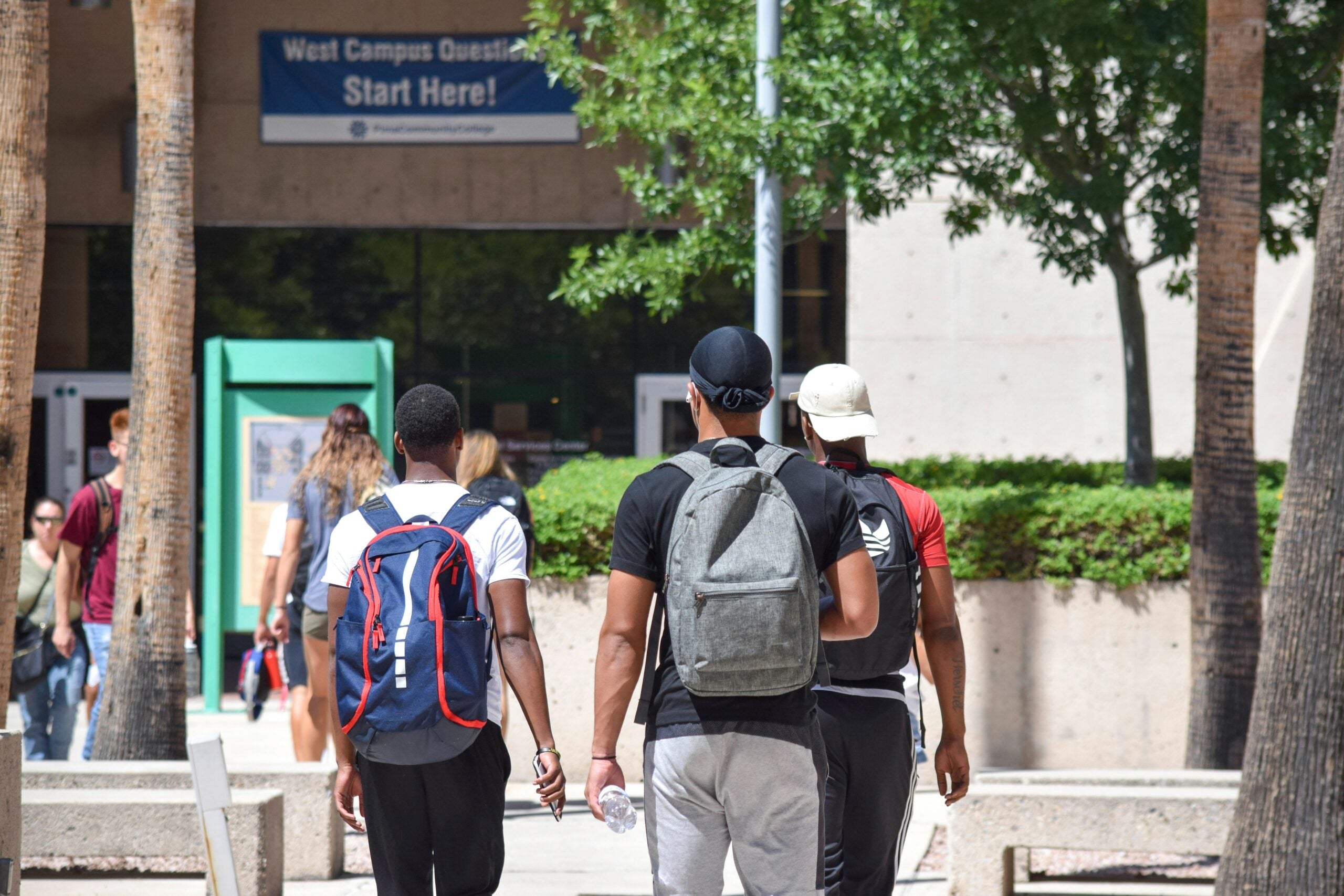New research, Gentrification and Schools: Challenges, Opportunities and Policy Options, published by The Civil Rights Project/Proyecto Derechos Civiles at UCLA, examines the growth of gentrification in California and its impact on schools and educational opportunities in the state.
The report finds gentrification widespread, with close to half of all low socioeconomic status neighborhoods becoming gentrified* since 2000 with one in five becoming intensely gentrified. Looking closely at three prominent and diverse cities with unique desegregation histories and school choice dynamics, the research finds that over 50 percent of all low socio-economic status neighborhoods in Oakland have gentrified, and in Los Angeles and San Diego well over half have gentrified.
“Gentrification is changing neighborhoods across California and the rest of the nation,” says co-author Jennifer B. Ayscue, an assistant professor at North Carolina State University and research associate of The Civil Rights Project at UCLA. “Given the relationship between neighborhoods and schools, we must consider the impact that gentrification has on the racial composition of schools and highlight the need for cross-sector collaboration and explicit policies that address gentrification and support school desegregation.”
The study highlights the complex connections between gentrification, school choice, and school segregation patterns, finding the relationship between gentrification and local elementary schools largely depends on the specific city and community being gentrified. Statewide, gentrified neighborhoods have become more racially and economically diverse compared to those that did not gentrify, but the analysis finds only modest changes in local schools.
These trends have played out differently across California cities and schools. In Los Angeles, where 55% of all low SES neighborhoods have gentrified since 2000, exposure to low-income students in gentrified neighborhoods has declined for each racial group, with the steepest decline for Whites and Asians. In Oakland, one of the nation’s most rapidly gentrifying cities, racial isolation in schools has declined for each group in areas that gentrified, but with white and Asian student isolation declining the most. In San Diego, the research finds that racial contact in schools has remained relatively stable over time for most racial groups. There also continues to be a substantial number of majority-minority and intensely segregated schools in all three cities, with the most (by far) in Los Angeles, followed by Oakland, then San Diego.
Importantly, the analysis reveals that gentrifying neighborhoods have a larger share of charter schools than communities that do not gentrify. The research illustrates a bifurcated and racially imbalanced charter sector, with some charters serving high concentrations of minority students and others serving high concentrations of White students.
The report makes clear that gentrification is a growing social and economic force, yet California’s schools remain among the most segregated in the nation. The authors suggest that while gentrification may produce the conditions and opportunities for significantly lowering California’s extreme educational stratification, little change will occur under the existing policies and practices without serious new initiatives, different policy conditions, and support for successful and lasting socioeconomic and racial integration.
“Public schools in California’s cities have extreme school segregation by race and poverty and a large decline in students,” states Civil Rights Project Co-director Gary Orfield. “Gentrification is a massive force that could bring enrollment and integration, but leadership and imagination are needed to capture the potential benefits.”
The authors argue for widespread policies and tools to help communities manage gentrification and recommend that policy discussions include the education sector to truly harness the potential upside of gentrification while minimizing the hazards of displacement, increased housing cost, and the potential for long-term re-segregation.
“Gentrification is a mixed bag, especially when it comes to schools,” says lead author Kfir Mordechay, an associate professor at Pepperdine University and research associate of The Civil Rights Project. “Neighborhoods get more diverse, but schools struggle to keep pace. Integrating schools is important, and gentrification could help if done right. It is possible with the right balance and policies to make sure everyone benefits.”
“Gentrification and Schools: Challenges, Opportunities and Policy Options,” provides detailed analysis and data on the demographics of gentrification, school enrollment patterns, racial and economic demographics, and other information. It includes detailed information and data on Oakland, Los Angeles and San Diego.
The report is co-authored by Kfir Mordechay, associate professor of education and policy studies at Pepperdine University; David Mickey-Pabello, post-doctoral fellow at The Civil Rights Project; and Jennifer B. Ayscue, assistant professor of educational evaluation, policy analysis and in educational leadership at North Carolina State University.
The report was published by the UCLA Civil Rights Project/Proyecto Derechos Civiles as part of its research series, “A Civil Rights Agenda for California’s Next Quarter Century,” in commemoration of the Project’s 25thAnniversary. The full report is available online.
*(To measure neighborhood gentrification, the researchers use Freeman’s (2005) method. A census tract is defined as gentrifiable if at the beginning of a defined period (2000 for this study), it had a median income and a share of recently constructed housing, both of which were below the 40th percentile of its city. A neighborhood is considered gentrified if it met the previously described criteria in 2000, and also experienced an increase in inflation-adjusted house values and a percentage increase in college-educated households that exceeds the increase in college-educated households in the city from 2000 to 2019.)
